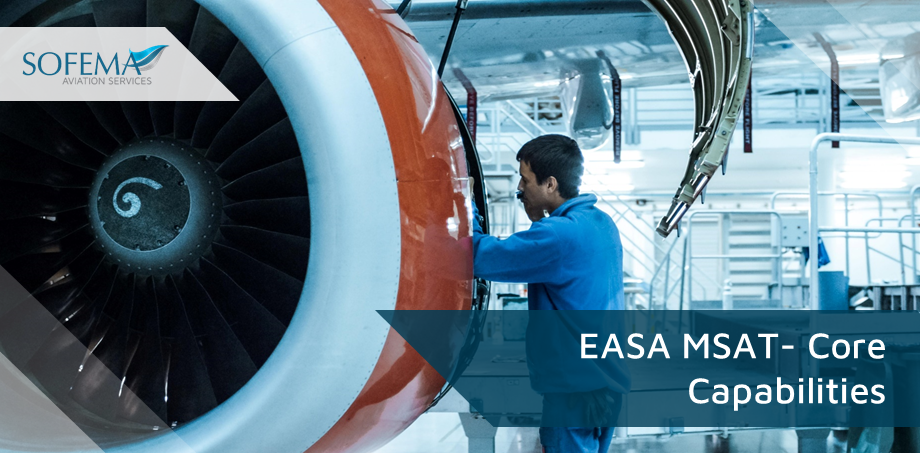Sofema Aviation Services (SAS) www.sassofia.com considers the Core Capabilities related to the use of the EASA MSAT Tool
Best practices for implementing and leveraging the MSAT include comprehensive training, engaging in continuous feedback for tool improvement, and adopting a flexible application of the tool to cater to the unique needs of different organizations.
Furthermore, collaboration between organizations and competent authorities is encouraged to foster a shared understanding of management system effectiveness and to promote a culture of safety and continuous improvement.
Introduction Core Capability
- A core capability that MSAT addresses is the ability of authorities and organizations to monitor and assess the effectiveness of management systems.
- This capability is critical for ensuring that the aviation sector can manage safety risks effectively and adapt to changes in the operating environment.
- The tool is designed not just for use by competent authorities in their oversight roles but also for organizations to conduct self-assessments and improve their management systems.
MSAT as a Resource
- The EASA Management System Assessment Tool (MSAT), updated in 2023, is a comprehensive resource designed to enhance the effectiveness of management systems within the aviation sector.
- It serves a dual purpose both facilitating the initial certification of management systems and supporting ongoing oversight by competent authorities.
- The introduction of MSAT signifies a shift towards a more nuanced approach in safety management, emphasizing performance over mere compliance with regulations.
- This shift requires a profound understanding of safety management principles and the development of specific competencies among users of the tool.
- Training and competence in using MSAT are thus paramount, posing challenges that need addressing through tailored training programs, scenario-based learning, and continuous improvement mechanisms.
Concerning the MSAT Training Objective
MSAT provides a structured yet flexible framework for assessing and improving management systems within the aviation industry, supporting the transition towards performance-based oversight and enhancing safety management practices across the sector.
- In addressing the training challenges, organizations and regulators should focus on creating customized training programs that cater to various roles within an organization and employ blended learning approaches to accommodate different learning styles.
- Continuous learning environments, competency-based training, and scenario-based training are recommended to ensure that users not only understand the functionalities of MSAT but also grasp the broader concepts of safety management and performance-based oversight.
- Additionally, peer learning, feedback mechanisms, and alignment with organizational goals are crucial components of an effective training strategy.
Next Steps
Follow this link to our Library to find & download related documents for Free.
Please see Sofema Aviation Services (www.sassofia.com) and Sofema Online (www.sofemaonline.com) or email team@sassofia.com for questions, comments or suggestions.
Tags:
Competent Authorities, EASA MSAT Tool, Feedback Mechanisms, Management Systems, organizational goals, peer learning, safety management practices, Safety Risks, SAS blogs, system effectiveness, training challenges




